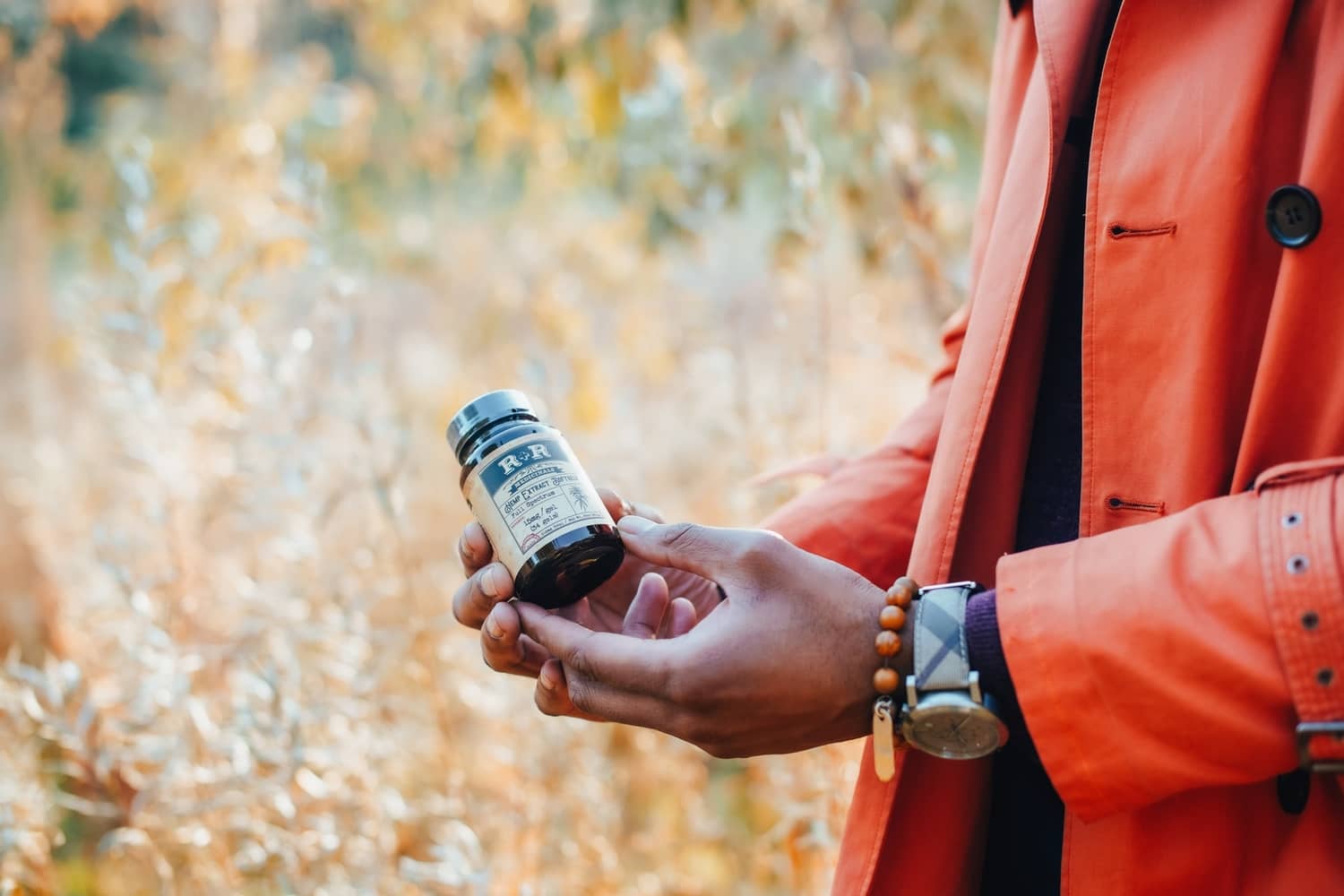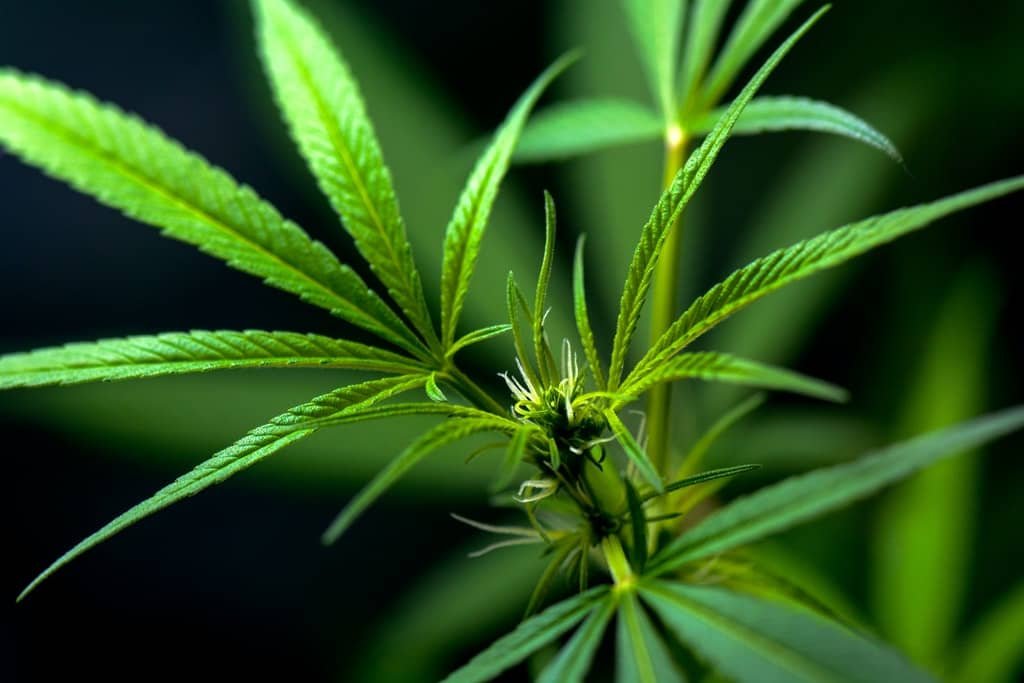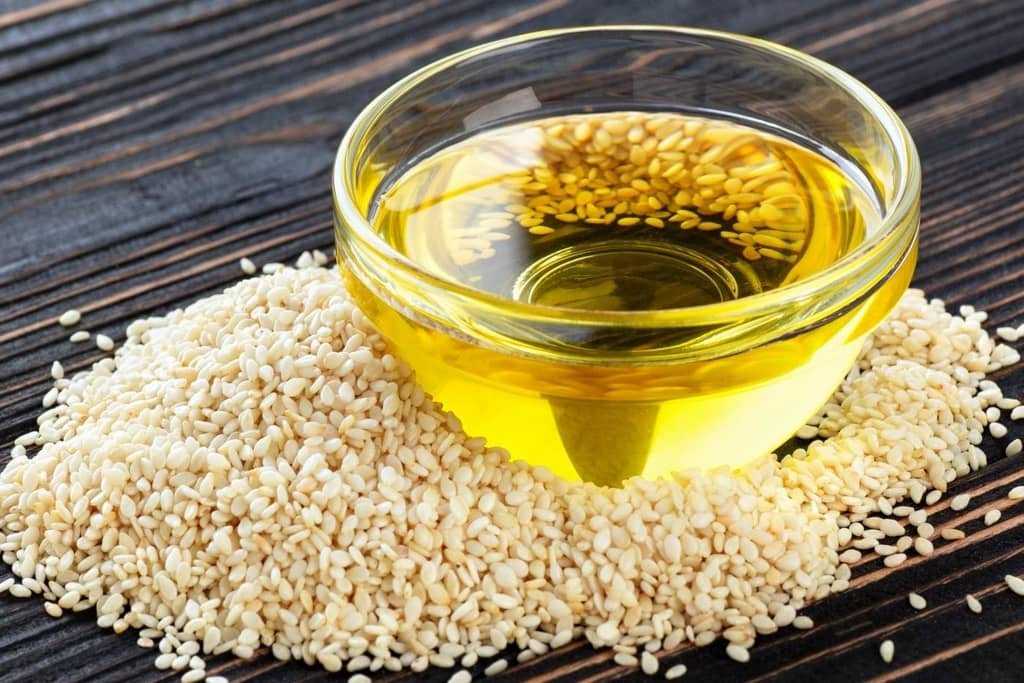The cannabis industry has been thrust into the limelight as legalization sweeps across the globe, filling store shelves with a myriad of CBD products.
As consumers tread through this verdant marketplace, one pressing question echoes amidst the haze: what is the actual percent of CBD in these products?
This question touches the core of consumer trust and transparency, which is integral in an industry blossoming but fraught with inconsistencies.
The CBD Hype: Beyond the Surface
Find out what the CBD hype is really about. This blog goes beyond the surface to give you a full picture of this famous product by looking at the science behind it, as well as its benefits and possible downsides.
Also Read: Nurturing a Positive Friendly Environment to Enjoy Cannabis
Like treasure hunters tantalized by tales of El Dorado, consumers are drawn to CBD for its purported health benefits—relief from anxiety, chronic pain, and inflammation, to name a few. However, an undercurrent of suspicion runs through this promising narrative.
Independent lab tests often reveal discrepancies, with the CBD content in products not always aligning with the labels.
The Importance of Accurate Labeling
Accuracy in labeling is not just a regulatory formality but a commitment to consumer safety and informed choice. Products with less CBD than advertised could lead to ineffective treatments, inadvertently shaking consumer confidence.
On the opposite spectrum, products with higher amounts of CBD may overwhelm new users or potentially interact with other medications.
Within this gray ambiguity, a coalition of diligent companies and a new breed of watchdogs emerge. Their mission?To be the truth-tellers, the myth-busters, the Wikipedias of CBD Cannabis Analysis.
Read: How to Choose The Right Products
Navigating the Labyrinth of Lab Testing
To understand the actual percentage of CBD, one must navigate the labyrinth of lab testing. Synonymous with the industry, third-party lab tests are considered the gold standard.
These lab reports, or Certificates of Analysis (COAs), determine a product’s cannabinoid profile and potency. They ensure that what’s on the label matches what’s in the bottle.
However, not all labs are created equal. The variability in methodologies and standards between labs can lead to divergent results. That’s why it’s crucial for companies to engage with reputable labs, ensuring consistent, reliable testing.
Read: Easier Administration of CBD Oil for Dogs and Puppies
The Price of Transparency
Committing to transparent labeling isn’t always the easiest or cheapest path. Meticulous testing and accurate labeling require investment in reputable third-party labs, which may drive up costs. But this investment is a small price to pay for consumer trust — a currency that’s invaluable and enduring.
Companies like Charlotte’s Web, PureKana, and MedTerra have set benchmarks by providing detailed COAs for their products.
These pioneers understand that transparency is more than a marketing tool; it’s the foundation of a trustworthy and sustainable industry.
Read: Marijuana For Pets: Can You Give Human CBD To Animals?
Unmasking the “Greenwashed” Players
Unfortunately, not all players in the CBD market share this commitment to transparency. Some products, coated in a veneer of wellness marketing, skirt rigorous testing and mislead consumers with inflated CBD percentages.
This “greenwashing” erodes the market’s integrity and dilutes the credibility of genuinely transparent companies. As more consumers become aware of the discrepancies, they demand a higher standard of truth.
Social media platforms, consumer reviews, and advocacy groups are pivotal in holding these “greenwashed” players accountable.
Read: Everything You Want To Know About Cannabis Merchant Accounts
The Road Ahead: A Collective Effort
Transparency in the CBD industry isn’t the sole responsibility of companies. Regulatory bodies must also play a proactive role.
Consistent guidelines and standards for labeling, testing, and reporting can harmonize the industry’s best practices. The U.S. Food and Drug Administration (FDA) is making strides in this direction, but there is a long way to go.
Education is another crucial pillar. Consumers equipped with knowledge about reading COAs, understanding cannabinoid profiles, and recognizing reputable brands can make more informed decisions.
Companies can aid this educational journey by not just disclosing COAs but also explaining them in layperson terms.
Read: The Power Behind CBD Chocolate
An Ambitious Vision: Becoming the Wikipedia of CBD
At the heart of our mission lies an ambitious vision — to transform into the Wikipedia of CBD Cannabis Analysis. This bold endeavor transcends business motives, aspiring to be the paragon of transparency.
Our commitment is unwavering: to empower our customers and suppliers with accurate, verified information until every consumer comprehensively understands the actual percent of CBD and THC in their products.
This journey isn’t without its conflicts. Transparency and honesty may ruffle feathers and provoke resistance from quarters unaccustomed to scrutiny. However, the goal is not to denounce but to uplift and pave the way for an industry where every company stands by the authenticity of their products.
Conclusion: A Promise to Our Customers
As we navigate this intricate pathway toward complete transparency, our promise remains steadfast. We acknowledge the challenges, the potential conflicts, and the delicate balance required.
Yet, we believe that consumers deserve nothing less than the absolute truth about the products they trust with their wellbeing. The future of the CBD industry doesn’t just depend on new products or broader legalization; it hinges on trust.
By transparently disclosing the actual percent of CBD in every product, we build a legacy of integrity and trustworthiness—one bottle at a time, one COA at a time. And as the industry grows, so will our unyielding commitment to the truth.
Welcome to the new era of CBD transparency. Welcome to a future where every label tells the real story.
Also Read: Frequently Asked Questions About CBD




















